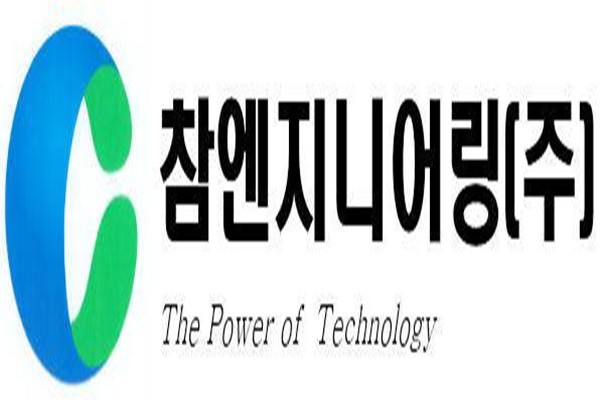Display repair equipment manufacturer called Charm Engineering is planning to expand its business from OLED to micro-LED. It is working to grab the upper hand of micro-LED market early because it predicts that the market will start to grow in 2020 with Samsung Electronics at the center.
Charm Engineering (President Kim Kyu-dong) stated that it has recently developed TFT (Thin-Film Transistor) array defective wiring repair equipment for micro-LED and delivered the equipment to its customers.
Charm Engineering also signed a MOU with Korea Photonics Technology Institute (KOPTI) that is in possession of micro-LED technology. It is going to receive micro-LED technology from KOPTI and expand the range of its repair business towards other applicable areas such as lighting and bio-health in addition to display.
Charm Engineering is a global leader within the display equipment repair market.
Repair equipment analyzes a circuit board’s pattern of a display and it either restores damaged area with metallic gas or cuts parts that are unnecessarily connected with laser. Because repair equipment can change a defective product into an acceptable product and improve production yield, it has established itself as a key equipment for display manufacturing process.
Charm Engineering has focused on the fact that repair process has become very important during micro-LED manufacturing process.

To implement 55-inch 4K resolution through micro-LED, about 25 million LED chips are needed for one panel. Because the length and the width of a LED chip is smaller than 100 micrometers, technology that can automatically detect and repair a defective chip has been seen as the most difficult challenge as 1% of defective pixels is equivalent to 250,000 defective chips from single panel.
Charm Engineering has applied its technology to micro-LED and it has first focused on fixing defective wirings that are applied to current displays.
It is planning to work with KOPTI and receive relevant technologies that can repair defective chips out of the ones that grow from an epitaxial wafer and figure out whether a chip that finishes bonding process after being moved to a substrate operates normally or not. Its goal is to combine its technology with KOPTI’s next-generation technology and develop a technology that can be applied to actual mass-production process. Furthermore, it is planning to expand its micro-LED repair equipment business towards other applicable areas.
KOPTI is in possession of micro-LED epitaxial growth technology, substrate separation technology, and rapid micro-LED chip transfer technology.
“We expect that the micro-LED repair equipment market will open up starting from next year.” said a representative for Charm Engineering. “Although we are still in an initial stage, we are going to develop as a company that specializes in micro-LED repair equipment by strengthening relevant technologies.”
Staff Reporter Bae, Okjin | withok@etnews.com